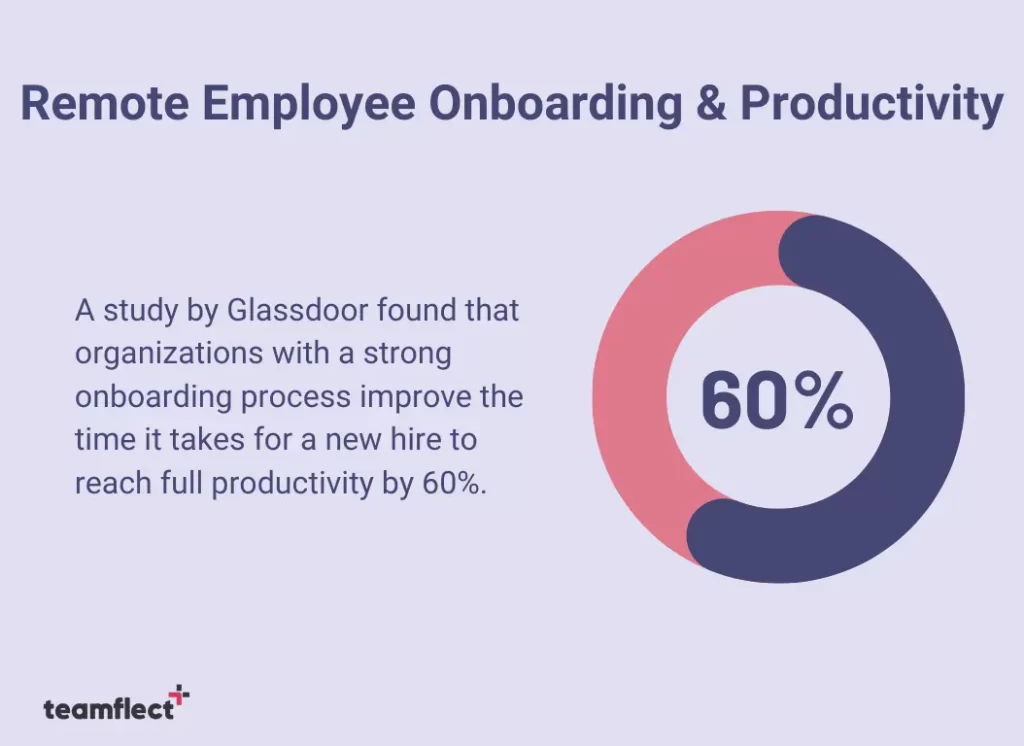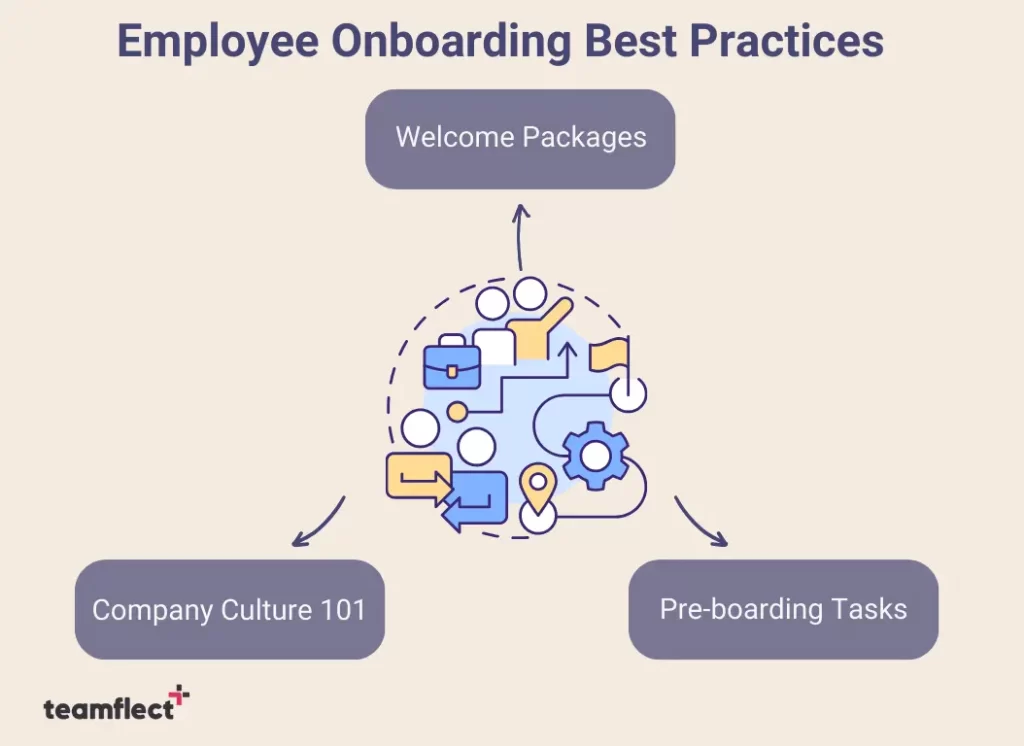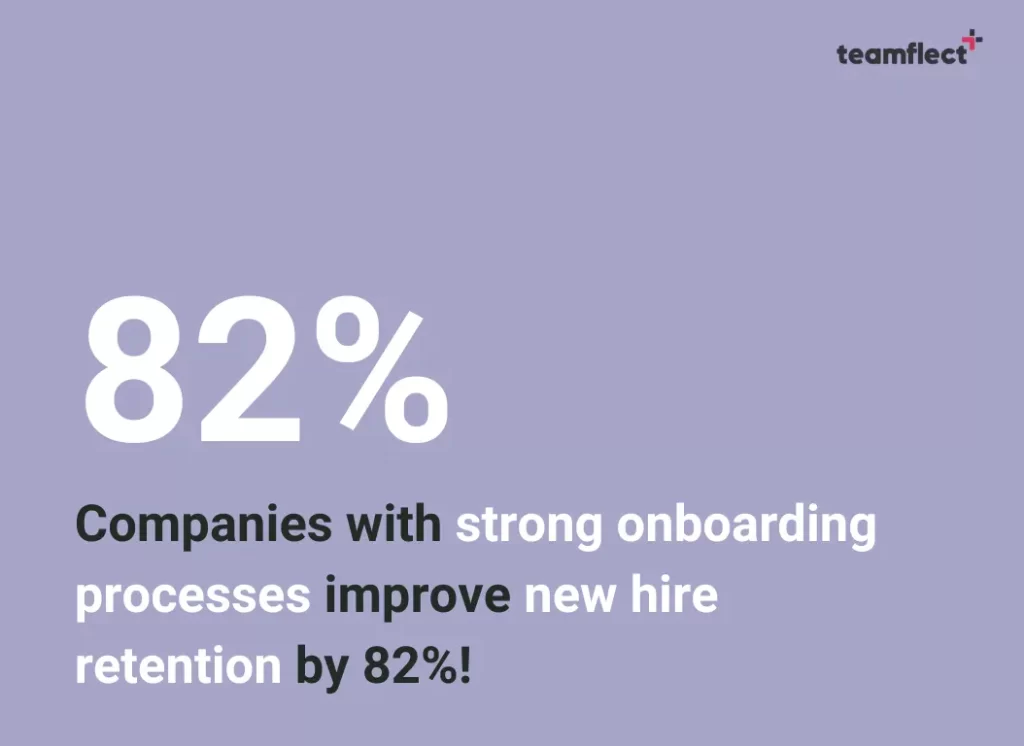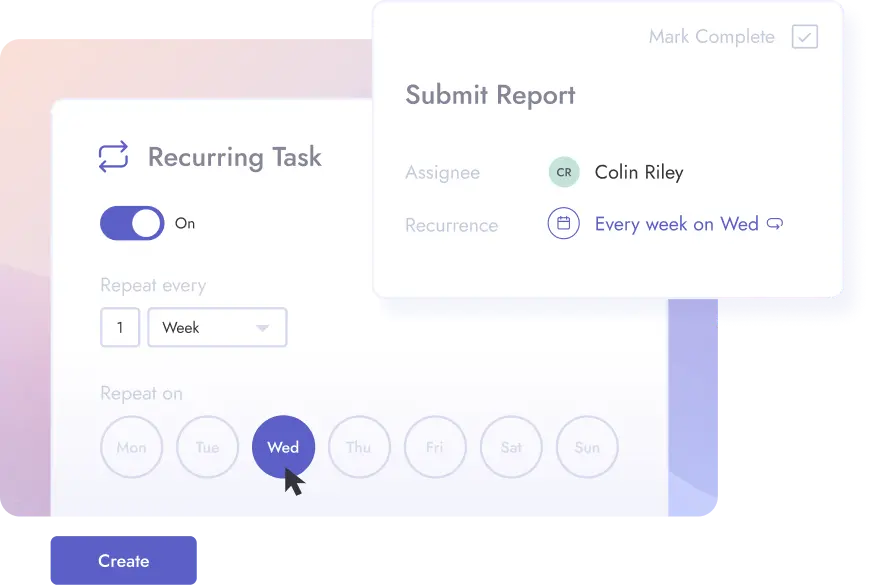Although we all agree that remote work settings have a lot of benefits for both the organization and the employees, one of the worst parts about it is the onboarding process. Employee onboarding is a hustle without being virtual in the first place, and remote onboarding only enhances the hardships.
It’s not a surprise that remote employees have different needs, and it’s the same with virtual onboarding.
Whether you’re working in a hybrid setting or a completely remote one, we are sure onboarding remote employees is something you should work on. Your virtual new hires need proper onboarding experience as much as your office workers, and we’re here to help you ease the virtual onboarding process!
You may ask “Why bother with all of this when you can send a welcome e-mail and move on?” and boy, wouldn’t you be wrong!

A well-structured employee onboarding process will help the new blood in your organization to feel a part of the team and motivate them to work for your organization. First impressions matter in all aspects of life, including your remote onboarding process!
Imagine having a poor virtual onboarding process in the job you were once excited to start. Afterall, onboarding remote employees is tricky. Your workload looks stressful, your teammates make you feel unwelcome, and you don’t feel motivated to join this type of workplace culture.
We guess that you’d think you made the wrong choice by choosing this position over another, right? So, you don’t want that for your new hires. Don’t want that at all!
If you want to hold onto that great talent your HR team discovered and decrease the chances of they will leave, start planning your virtual onboarding process.
It may seem like a lot of work, but we’re here to talk about the best practices for onboarding remote employees and how you can use technology to your advantage. Let’s start!
Table of Contents
Before the onboarding process:
Before we go on with our 10 tips on onboarding remote employees, there are some preboarding steps we recommend considering. Preboarding refers to the last step before the onboarding process starts where you can get things ready for your new hires. Let’s check out our preboarding tips!

Send a welcome package
You may not be able to see your new employee face to face –like at all, but a welcome pack can get it done for you.
Everybody loves free knick-knacks, and sending a fun package that shows your company culture will show your new employee they made the right choice and are ready to join the team.
Also, we’re almost 100% positive that they will post their new merch on their social media, which shows everyone how great it is to work with your organization!
The employee welcome kit could include goodies such as:
- A welcome letter or video from the CEO and the team
- Company swag including mugs, sweatshirts, t-shirts, pens, etc.
- A fun gift for their workspace
- A notebook with your company logo
- A virtual onboarding agenda to follow
Find a way to share company culture
When virtual onboarding remote employees, it’s important to sprinkle some bits of company culture and values into their virtual experience, ensuring they really become members of the culture.
Now, sharing company culture and values in a remote setting may sound like trying to teach a fish to ride a bicycle. But we’ve got a few tricks up our sleeves.
Assuming you’ve already taken our advice and sent the welcome package now it’s time to host a virtual “Culture 101” session, where you provide remote employees with comprehensive information about your company’s culture, including its core values, mission, and vision.
We recommend doing this through a series of engaging presentations, videos, and written materials.
You must remember that sharing company culture and values remotely may require a little creativity, but with the right mix of quirkiness and inclusiveness, our new remote employees will feel like part of the family in no time!
Assign some pre-onboarding tasks
We’re not talking about bombarding your new employees during their first day of work with harsh tasks. The first day should feel like a breeze, and it should be all about smoothing out the transition process.
But as a part of your virtual onboarding, you can assign some easy tasks such as filling out HR forms, watching a video about your organization, or setting up accounts for collaboration software such as Microsoft Teams or Slack.
Not only will assigning pre-onboarding tasks ease out the remote onboarding process, but also will give your new hire some confidence and motivation to start on the real thing.
10 Tips for Onboarding Remote Employees
Now that we’re ready for the big day, let’s talk about the first day of remote onboarding. The first day of virtual onboarding sets the foundation for a new employee’s journey with your company.
It is a pivotal moment where you should make sure they feel welcomed, informed, and prepared for their remote work experience. That’s why you need to make sure everything goes as planned and your new hire starts their journey with high motivation.
1. Come up with creative ways to welcome remote employees
Creating a warm and inclusive environment is essential even in a virtual setting. You should start the day by extending a warm welcome to your new hire through a personalized email or video message from the team.
Share enthusiasm about their joining the company and express excitement about their contributions. Team members can send LinkedIn invites beforehand to give the impression that they’ve heard about the new hire and wait for them to join the team.
2. Give an overview of the company
Your new employee will probably do their research and come prepared about the company with the information you gave them beforehand, but it’s always a good idea to give a better understanding by providing them with an overview of your mission, vision, and values.
You can share information about the company’s history, culture, and any significant achievements or milestones. Make sure to highlight the unique aspects of your company that make it a great place to work!
3. Discuss remote work policies and expectations
It’s easy to get carried away with workload and expectations in a remote work setting. We recommend talking about what you expect from your new hire, their job definition, and reoccurring responsibilities for a clear start. It’s also important to hear what they think about their role and discuss the possibilities awaiting them.
Remote work guidelines can change from company to company, so you should explain your work schedule, expected work hours and availability.
Give information about the communication and collaboration tools you use for daily tasks and discuss any specific remote work policies, such as time tracking, reporting structures, and performance evaluation processes.

4. Training and Development
Your remote employees might need more training than you anticipated initially. Afterall, each organization utilizes different tools from each other, and new hires cannot be expected to be familiar with all of them.
Preparing a training plan for your new hires is an essential part of the virtual onboarding process. When you’re onboarding remote employees, you can choose one member of every team to talk about their responsibilities and teach new teammates the tools their team use.
One of the best ways to handle training when onboarding remote employees is to prepare guides about your built-in technology and tools for your new hire to read. You can also create pop quizzes to test their knowledge about the technology they will use for a little fun.
5. Assign mentors or buddies
Navigating the remote work landscape can sometimes feel like exploring uncharted territories alone. That’s why we believe in the power of mentorship and buddy systems to guide you through the virtual wilderness and help you thrive.
Assigning a mentor or buddy will help your new hire to feel at ease in their new role. A buddy is an experienced remote employee who has conquered remote work challenges. Buddies should be your new hire’s go-to person for any questions, concerns, or virtual conundrums that may arise.
The mentor or buddy system isn’t just about professional guidance; it’s also about fostering connections and building a support network.
The buddy of your new hire should provide insights into the company culture, introduce them to key team members, and even share amusing virtual office anecdotes to lighten the virtual mood.
6. Use employee onboarding software
For a seamless transition of your new hire, we recommend using all the tools available to you. Specifically onboarding technology. There are countless employee onboarding software choices out there, and using one will ease the process of onboarding remote employees.
Teamflect
If you’re using Microsoft Teams, Teamflect is the best choice for employee onboarding software. Choosing the right employee onboarding software can be a hassle, but if we’re talking about being easy to navigate and having seamless Microsoft Teams integration, you can’t find a better option than Teamflect.

Teamflect is different from its competitors as being an all-in-one performance management software with different functionalities from 360-degree feedback to recognitions. You can use Teamflect in all aspects of your organization for a seamless HR management experience. Some key features of Teamflect are:
- Customizable performance review templates.
- 360-degree feedback.
- Employee recognition.
- Extensive PowerBI reports
- Microsoft Teams meeting agendas
- Employee onboarding tasks for all new hires
- Onboarding survey templates to be sent out to new hires
- Mentorship and buddy programs
- Automated 30-60-90-day review templates in order to measure, evaluate, and appreciate performance during the employee onboarding period.
- And more!



